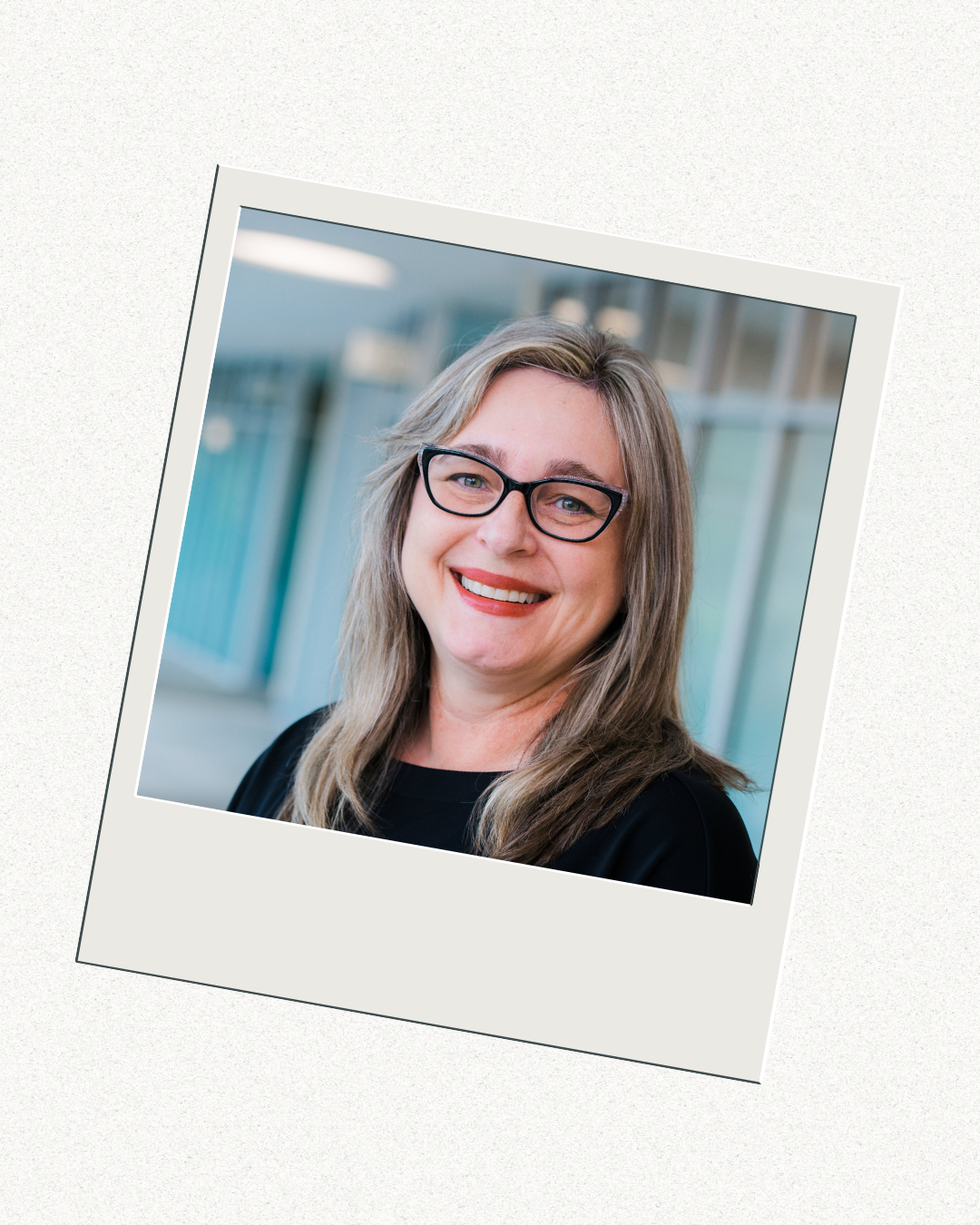Ten Ways COVID-19 Created the Perfect Storm for Social Worker Burnout (and why I still have hope)
Editor’s note: This post was written by Melanie Sage from the University at Buffalo’s School of Social Work in response to the COVID-19 pandemic. She originally posted it on LinkedIn and is re-published here with her permission. This is a follow-up to her post – A Love Letter to Social Workers on the Front Lines of COVID-19. You can follow Melanie on Twitter at @melaniesage.
In April 2020, just months into the pandemic that changed the landscape of how we work and live globally, and in the face of concerted love to health workers, I wrote a love letter to social workers, the invisible heroes of the emerging pandemic. The letter spread like fire, viewed by more than 100,000 people. Many social workers resonated with the stories I shared and many people who work with social workers also expressed their gratitude for the steady dedication of social workers.
As we move into a new year, I feel called to update people about the state of affairs from my point of view. As a university professor, I do not work with clients directly. However, this past year, I have witnessed the impacts of COVID-19 on students, their families, and their clients. Despite instructors’ flexibility, we’re losing students like never before – they are leaving school, often without a word. Sometimes we hear; a family member has fallen sick or they just can’t manage homeschooling for their children, working from home, AND going to school online. Who can blame them for delaying their educational ambitions to take care of their families? For some, it’s not a matter of choice; it’s a matter of surviving these times.
For those students who have held on, the required social work internships have evolved dramatically. Social work students deliver services online, learn remotely, and show up to social services agencies in deep transition. Undoubtedly some innovation will come from this, but also some workers will leave and not return. Their education did not prepare them for the use of technology, for working from home, for the high risk of infection, for the chronic long term crisis work they face now.
How did COVID-19 create the perfect storm for social worker burnout? Social workers told me.
A review of Teaching & Learning in Social Work for 2020
2020 was a strange year with many firsts for me – first global pandemic, first sabbatical, first live sessions in an online course, etc. Because of all these firsts, blogging took a bit of back seat to some of my other projects and goals for the year. I had four goals for the blog over the year, and some minor successes. They were:
#1 – Publish 30 posts – only published 19
#2 – Enhance the reach of the blog – there were almost 45,500 visitors from 153 different countries with each visitor spending an average of 1 minute on the blog.
#3 – Build a culture of engagement – only had 10 comments for the year.
#4 – Publish content in other places – there will be two articles in 2021 with content from the blog.
Outside of these goals, I did update content on the blog and created an archive page. The two most popular blog posts of 2020 were:
A Love Letter to Social Workers on the Front Lines of COVID-19 (4/10/20) by Melanie Sage with over 24,000 visits
The Power of Lighting in a Virtual Classroom: Tips on Improving Webcam Lighting for Online Educators (3/16/20) by Agata Dera with over 3,000 visits
Pinterest Assignment for the Social Work Classroom

A few years back, my colleague, Dr. Lisa Baker at Samford University’s Department of Social Work, and I collaborated on a study about a technology-meditated assignment that we developed for a Human Behavior and the Social Environment (HBSE) course. Our goal was to breathe some new life into a stale assignment. In this post, I want to share how we approached the development, assessment, and dissemination of our study related to this tech-mediated assignment.
Actions that White Social Work Educators can do now for Racial Justice
Editor’s Note: This blog post was written in collaboration with my good colleague, Dr. Melanie Sage of the University of Buffalo’s School of Social Work . Many thanks to our colleagues who reviewed and made helpful suggestions for this post prior to publication.

This blog post is inspired by the list 75 Things White People Can Do for Racial Justice by Corinne Shutack. We wrote this blog post as a way to begin our own work toward becoming anti-racist social work professors, to analyze our own practice, and to set our own goals. As we began identifying resources, we realized we should use our privilege to share with our communities through this blog and via Twitter (@laurelhitchcock & @melaniesage). We use the term BIPOC in this article to refer to Black,Indigenous, and People of Color.
We are not experts, which perhaps makes it even more important that we share and model this work. Please note that these are not the ten most important things, but they are things on our minds right now. (Please contact us if we’ve made a mistake.)
Virtual Volunteering for Social Work Education during COVID19

Each semester, I teach courses with service learning requirements in our BSW program. As many of you know, service learning combines volunteer work with critical reflection so that students can make connections between real-life experiences and their academic course work. It is consider a high-impact educational practice in higher education and the pedagogical constructs embedded within service learning are a natural fit for social work education. Many undergraduate social work programs require volunteer hours for admission into their professional social work programs. At the University of Alabama at Birmingham (UAB), our students volunteer for 20 hours as part of a semester-long, one-credit hour lab course, which is connected to a practice course. While volunteering in community-based settings, our BSW students get experiences with different types of agencies, social problems, client populations, and activities that social workers do on a daily basis. Then, they bring these experiences back into the classroom to deepen their understanding of generalist social work practice with individuals, groups and organizations. Students take three service learning lab courses prior to their field semester, which gives them a grounding for what to expect during their field placement along with 60 hours of volunteer experience for their professional development and resume.
In March 2020, the COVID19 pandemic disrupted our lives and how we teach our courses. Within the span of a week, I had to shift over 100 students in our three service learning lab courses from doing in-person volunteering at five community locations in the Greater Birmingham area to doing virtual volunteer work. In this blog post, I want to share how I did this and offer resources for social work educators who also need virtual volunteer opportunities for their students.
Book Group Discussion Guide for Teaching Social Work with Digital Technology

Back in September, Melanie Sage, Nancy Smyth, and I announced a virtual book group for our work – Teaching Social Work with Digital Technology. The goals of the book group were to: 1) create a supportive learning community; and 2) provide space for reflection about one’s own professional development with teaching with technology. You can read more about this blog post:
Teaching Social Work with Digital Technology Book Group
We launched our book group in January and ended it in June 2020, with monthly meetings and a moderated online private Facebook group. The group included a monthly live virtual meeting with discussion moderated by the authors and guest facilitators. Live meetings allowed members to participate and ask questions. In between these live meetings, the facilitators led and moderated discussions about teaching with tech, offering reflective questions and simple learning tasks. Additionally, all live meetings were recorded and archived for later viewing in the group. We will leave the group up as an archive until the end of 2020. Please know that this group will no longer be moderated.
Overall, we had a total of 223 members in the group, and based on the group analytics there were over two hundred posts submitted, and a lot more members reviewing/reading the posts. Although we expected greater engagement, we know that this year brought unexpected challenges for all of us. We believe that good discussion prompts and questions from our facilitators promoted thoughtful reflection and engagement each month. We are sharing these questions and prompts here in this blog post so that others can use them for their own review or to start book groups in their institutions. Here is the discussion guide:



